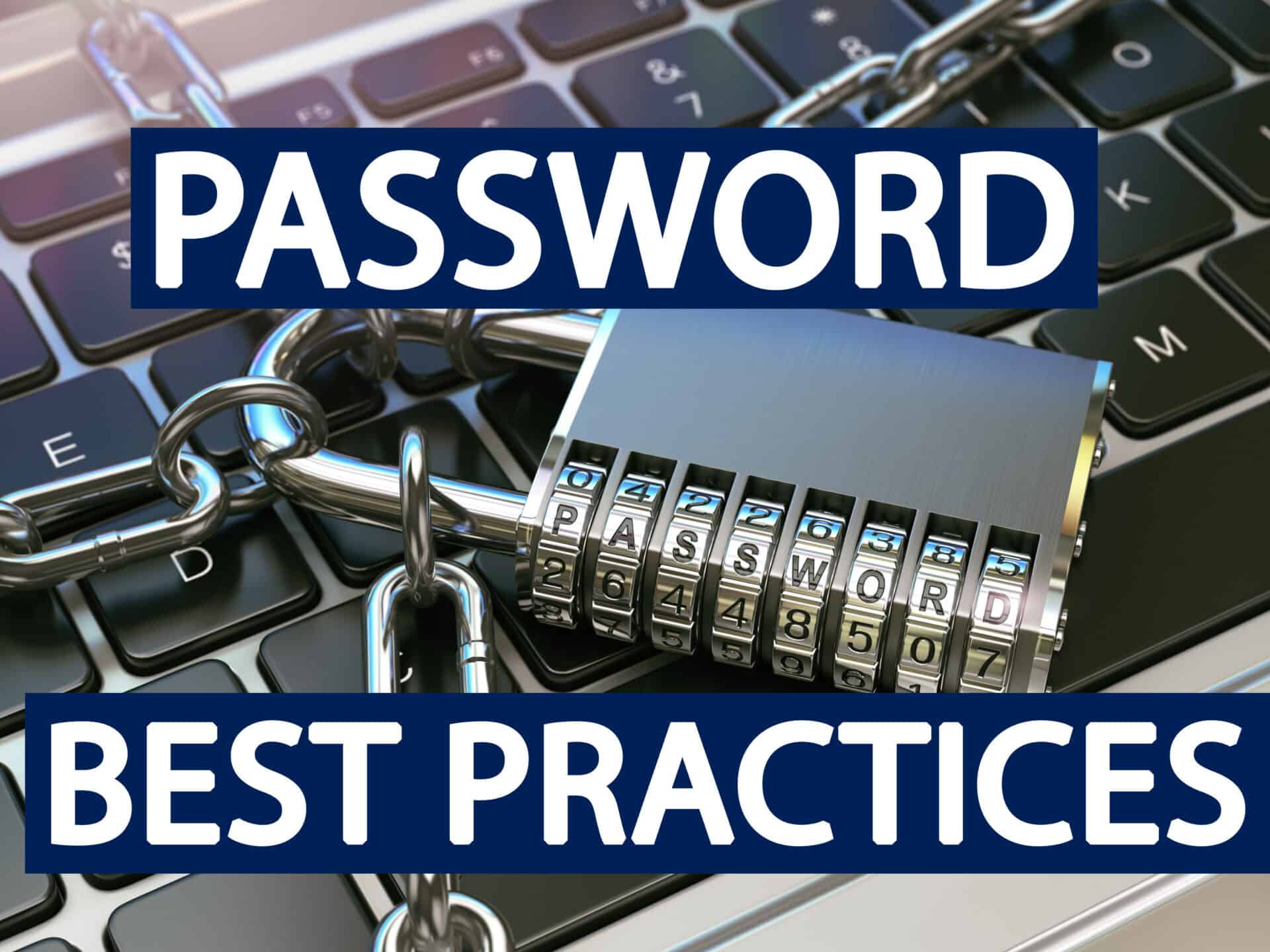Strengthen Your Online Security with Strong Passwords: Essential Tips
In an increasingly connected world, strong passwords are the first line of defense against cyber threats. To protect yourself online, it’s crucial to create robust passwords that are difficult for hackers to crack. In this article, we’ll share essential tips for strengthening your passwords and ensuring better online security.
Top Tips
- Use a long passphrase: One of the simplest yet most effective ways to enhance password strength is by using a long passphrase. The longer your password, the more secure it becomes. Consider using a combination of numbers, letters (both uppercase and lowercase), and symbols. Avoid using easily identifiable words or predictable patterns. Remember, every extra character exponentially increases the time it takes to crack your password.
- Store passwords in a password manager: Managing multiple strong passwords can be challenging. Using a password manager is the most secure solution. With a password manager, you only need to remember one master password, while the tool generates and retrieves unique passwords for each of your accounts. Popular password manager applications include Keeper and 1Password, which provide secure encryption and simplify password management.
- Avoid guessable passwords: Avoid using personal information, such as your name, street, or pets’ names, in your passwords. This information is easily accessible on social media platforms, making it easier for hackers to guess. Additionally, steer clear of common words and phrases. Instead, substitute letters with numbers, punctuation marks, or symbols to create more complex and secure passwords.
- Keep passwords confidential: Never share your passwords with anyone, especially through email or phone calls. It’s alarmingly common to find passwords written on sticky notes attached to computer monitors. Avoid this practice at all costs. Sharing passwords compromises your online security, making it easier for unauthorized individuals to gain access to your accounts and sensitive information.
- Use a separate password for each account: Using the same password for multiple accounts is a risky practice. If one account gets compromised, hackers will attempt to use the same password on other sites, potentially gaining unauthorized access to your bank accounts, email, and more. Always create unique passwords for each website or account you use to minimize this risk.
- Enable Multi-Factor Authentication (MFA): Take advantage of Multi-Factor Authentication (MFA) whenever it’s available. MFA adds an extra layer of security by requiring additional verification after entering your password. Typically, this involves receiving a unique code on your phone that you must enter within a short time frame. MFA significantly reduces the chances of unauthorized access, even if someone discovers your password.
Protecting your online presence begins with creating strong passwords. By following these essential tips, such as using long passphrases, employing a password manager, and enabling Multi-Factor Authentication, you can significantly enhance your online security. Remember, using a password manager like Keeper or 1Password simplifies password management and improves overall security.
If you’d like further guidance on strengthening your passwords or enhancing your online security, reach out to CMIT Solutions of Oak Park, Hinsdale, and Oak Brook at 708-919-5132 or on our web page at https://cmitsolutions.com/oakpark-il-1005/. Stay connected with us on social media for more valuable business technology tips, and don’t forget to subscribe to our YouTube channel at https://www.youtube.com/@cmitsolutionsofoakparkhins5256 for further insights on leveraging technology for your company’s success.




